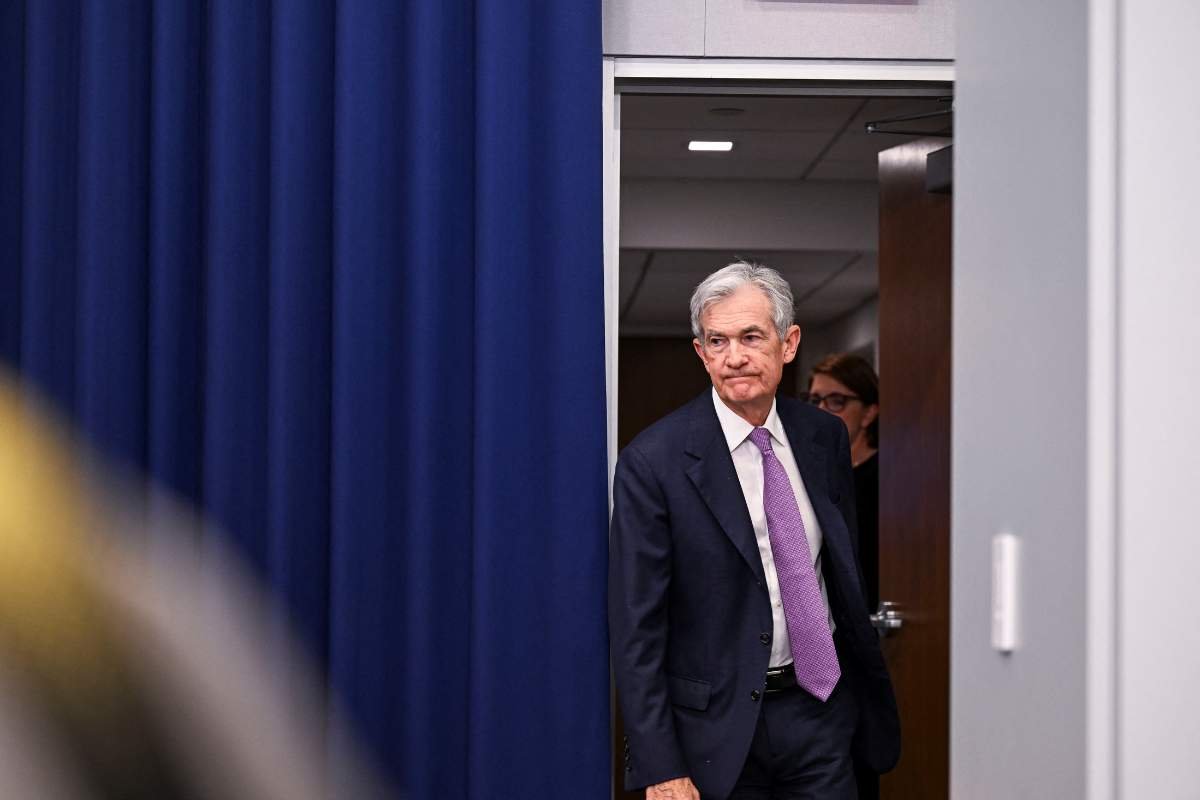Federal Reserve Rate Cuts as Economy Stabilizes
In a move aimed at fine-tuning monetary policy, the Federal Reserve approved its second consecutive interest rate cut on Thursday, reducing the benchmark borrowing rate by 0.25 percentage points. The decision, following a larger half-point reduction in September, brings the target range to 4.50%-4.75%. This rate influences short-term lending between banks and consumer loans, including mortgages and credit cards. While markets had anticipated the move, it marked a shift towards a less aggressive approach. Unlike the prior federal reserve rate cut, which saw some dissent among Fed officials, the latest decision was unanimous.
Stocks responded positively to the news, with the Nasdaq surging by 1.5% to set a new record high, while the S&P 500 also closed at a record level. Treasury yields, which had spiked in the days leading up to the meeting, saw a significant drop following the announcement.
Shifting Economic Outlook and Policy Recalibration
The Federal Reserve’s post-meeting statement revealed a slight shift in its economic outlook. The central bank expressed a more balanced view regarding its dual mandate of controlling inflation and supporting employment. It now assesses the risks to achieving these goals as “roughly in balance,” a departure from the previous assessment of greater confidence in the inflationary process.
Fed officials, including Chairman Jerome Powell, emphasized the need to recalibrate monetary policy, aiming for a neutral stance to help maintain economic strength while continuing to address inflation. Powell reiterated that the decision was part of a broader effort to bring interest rates back in line with the current economic environment, where inflation is gradually moving toward the Fed’s 2% target, and labor market conditions have shown some signs of softening.
While the labor market remains robust overall, the Fed noted a slight uptick in unemployment, signaling a cooling in worker demand. Economic growth has continued at a steady pace, with the latest figures showing a 2.8% increase in GDP for the third quarter. However, with ongoing inflationary pressures, the Fed remains cautious in its approach, avoiding the temptation to cut rates too rapidly.
Uncertainty Ahead and Political Context
Despite the Federal Reserve rate cut, questions remain about how much further the Fed will go in reducing interest rates. Growth expectations for the fourth quarter hover around 2.4%, and while job creation has slowed, some of the weakness has been attributed to external factors, such as weather disruptions and labor strikes.
Looking ahead, there is uncertainty surrounding the economic impact of the newly elected president and his proposed policies. Although President-elect Donald Trump’s election was seen as a potential source of economic disruption, Powell stated that the outcome would not directly influence the Fed’s decisions in the short term. The central bank’s focus remains on stabilizing inflation and ensuring economic growth, regardless of the political landscape.
Traders and analysts expect that the Fed may approve another 0.25% rate cut in December, followed by a pause in January to evaluate the broader economic effects. The central bank’s “dot plot” projections suggest additional cuts may be possible in 2025 and 2026, though the exact timing and extent remain uncertain. As the Fed seeks a “soft landing” for the economy, ensuring a balance between lowering inflation and avoiding recession, it will continue to closely monitor both inflation indicators and the overall economic performance.









